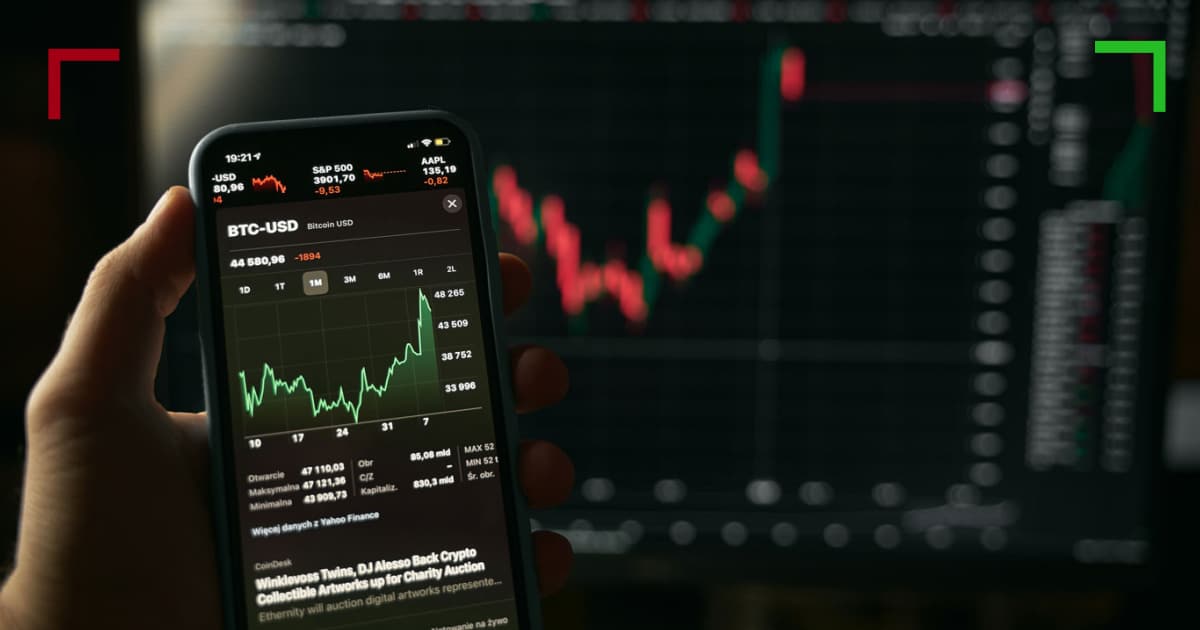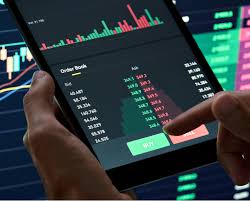
Understanding Crypto Trading Trends: What You Need to Know
The world of cryptocurrency has undergone rapid transformations in recent years. As the market evolves, so do the crypto trading trends that define it. From decentralized finance (DeFi) to non-fungible tokens (NFTs), traders must stay informed about the latest developments to make educated decisions. In this article, we will explore some of the most significant trends in crypto trading and what they mean for investors and enthusiasts alike. For further resources and insights, Crypto Trading Trends click here.
1. The Rise of Decentralized Finance (DeFi)
Decentralized finance has emerged as a revolutionary aspect of the cryptocurrency space, offering financial services without traditional intermediaries. DeFi platforms utilize smart contracts on blockchains, allowing users to lend, borrow, and trade crypto assets directly with one another. This trend has democratized access to financial services, with numerous platforms gaining popularity, such as Uniswap, Aave, and Compound. Traders are now able to earn higher yields through liquidity provision and staking, but this also comes with significant risks associated with impermanent loss and smart contract vulnerabilities.
2. Adoption of Non-Fungible Tokens (NFTs)
NFTs have exploded in popularity, bringing unique digital assets to the forefront of the crypto trading scene. From art and music to virtual real estate, NFTs represent ownership of one-of-a-kind items on the blockchain. The market for NFTs has created new opportunities for traders, but it also introduces complexities—including valuation challenges and potential market saturation. As this trend continues, traders must remain vigilant about the long-term viability of specific NFT projects and community engagement.

3. Institutional Investment
Institutional investment has played a substantial role in shaping crypto trading trends. Over the past few years, major financial institutions have started embracing cryptocurrencies, with companies like MicroStrategy and Tesla making headlines for their Bitcoin acquisitions. This shift not only lends credibility to the asset class but also influences market dynamics. Increased institutional participation often leads to greater price stability and long-term bullish sentiment, fundamentally changing how retail traders approach the market.
4. Regulatory Developments
As cryptocurrencies gain traction, regulatory agencies worldwide have started to define their stance on the asset class. The balance between innovation and regulation has become a pivotal theme in the crypto trading landscape. Recent developments, such as proposed laws governing digital assets and guidelines for taxation, are essential for traders to understand. Staying informed about regulatory changes can help traders anticipate market movements and make informed decisions about their investments.
5. The Impact of Global Events
Global events, including economic crises and geopolitical tensions, can significantly sway crypto markets. The Covid-19 pandemic, for example, led to increased interest in cryptocurrencies as people sought alternative investments. Additionally, inflation concerns worldwide have pushed some investors towards digital currencies as a hedge against fiat depreciation. Keeping an eye on global financial trends and crises allows traders to grasp potential short- and long-term impacts on the crypto market.
6. Technological Innovations and Upgrades
Technological advancements are at the core of any crypto trading trend. With the introduction of Ethereum 2.0 and layer 2 scaling solutions, transactions are becoming more efficient, cost-effective, and environmentally friendly. Innovations like decentralized autonomous organizations (DAOs) and cross-chain functionalities boost the crypto ecosystem’s interoperability. Understanding these developments is crucial for traders as they can impact asset valuation and market sentiment.

7. Market Sentiment Analysis
Traders have increasingly turned to sentiment analysis tools to gauge market confidence. Platforms that track social media trends, Google search queries, and other variables help traders understand the collective sentiment regarding various cryptocurrencies. This emerging trend emphasizes the psychological aspect of trading as collective emotions can substantially influence market movements. Particularly in the volatile crypto space, where reactions to news or events can lead to swift price changes, understanding sentiment can provide traders with a competitive edge.
8. Expansion of Global Markets
As cryptocurrency becomes more entrenched in global finance, emerging markets are increasingly participating in crypto trading. Innovations in mobile banking and internet access in regions like Africa and Southeast Asia have enabled broader access to cryptocurrencies, facilitating peer-to-peer transactions, remittances, and investments. This expansion opens up new avenues for traders and raises the profile of cryptocurrencies as a serious financial asset.
Conclusion: Staying Ahead of the Curve
In summary, the landscape of crypto trading trends evolves at a breathtaking pace. Knowledge of DeFi, NFTs, institutional investments, regulatory developments, global events, and technological advancements is crucial for any trader looking to thrive in this dynamic environment. Additionally, factors such as market sentiment and global market expansion further contribute to the intricate nature of cryptocurrency trading. By observing these trends and adapting strategies accordingly, traders can better navigate the complexities of the crypto market and capitalize on emerging opportunities.
As always, one of the main keys to success in crypto trading lies in continuous education. Keep reading, researching, and engaging with the community to make informed decisions, and remember—what is in vogue today might change tomorrow. Stay vigilant and adaptable.